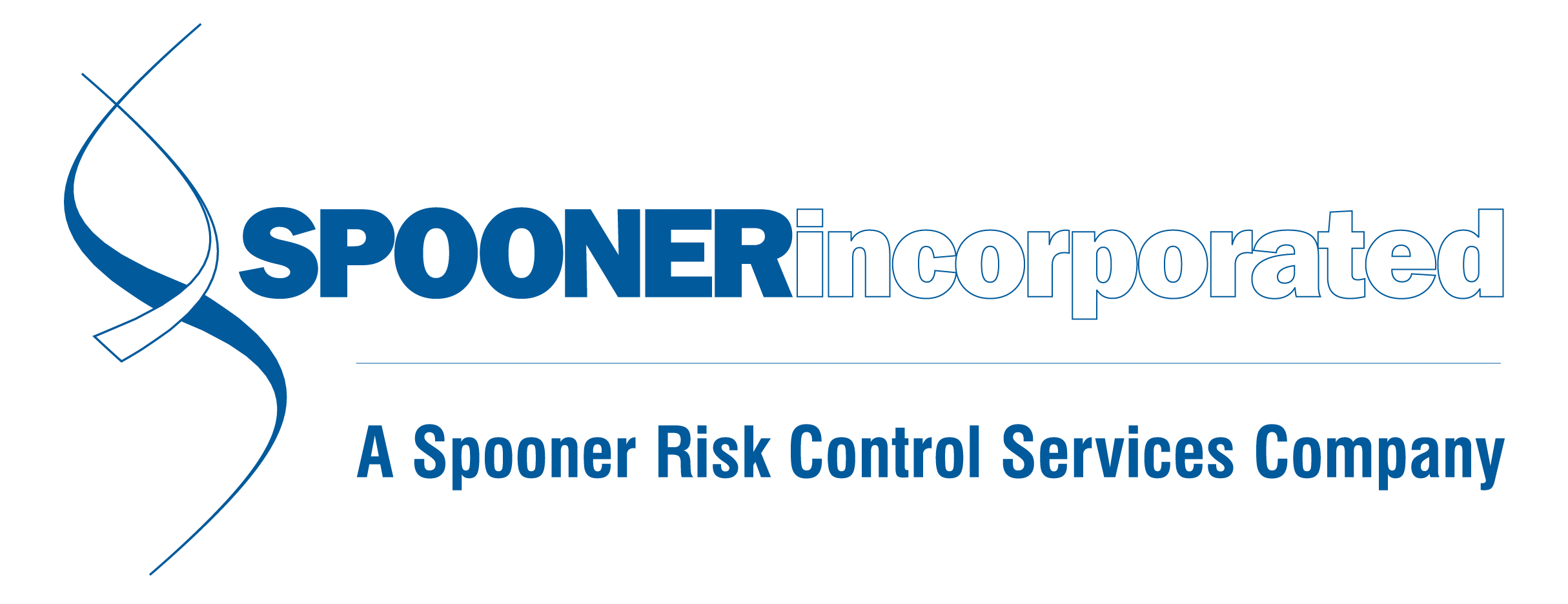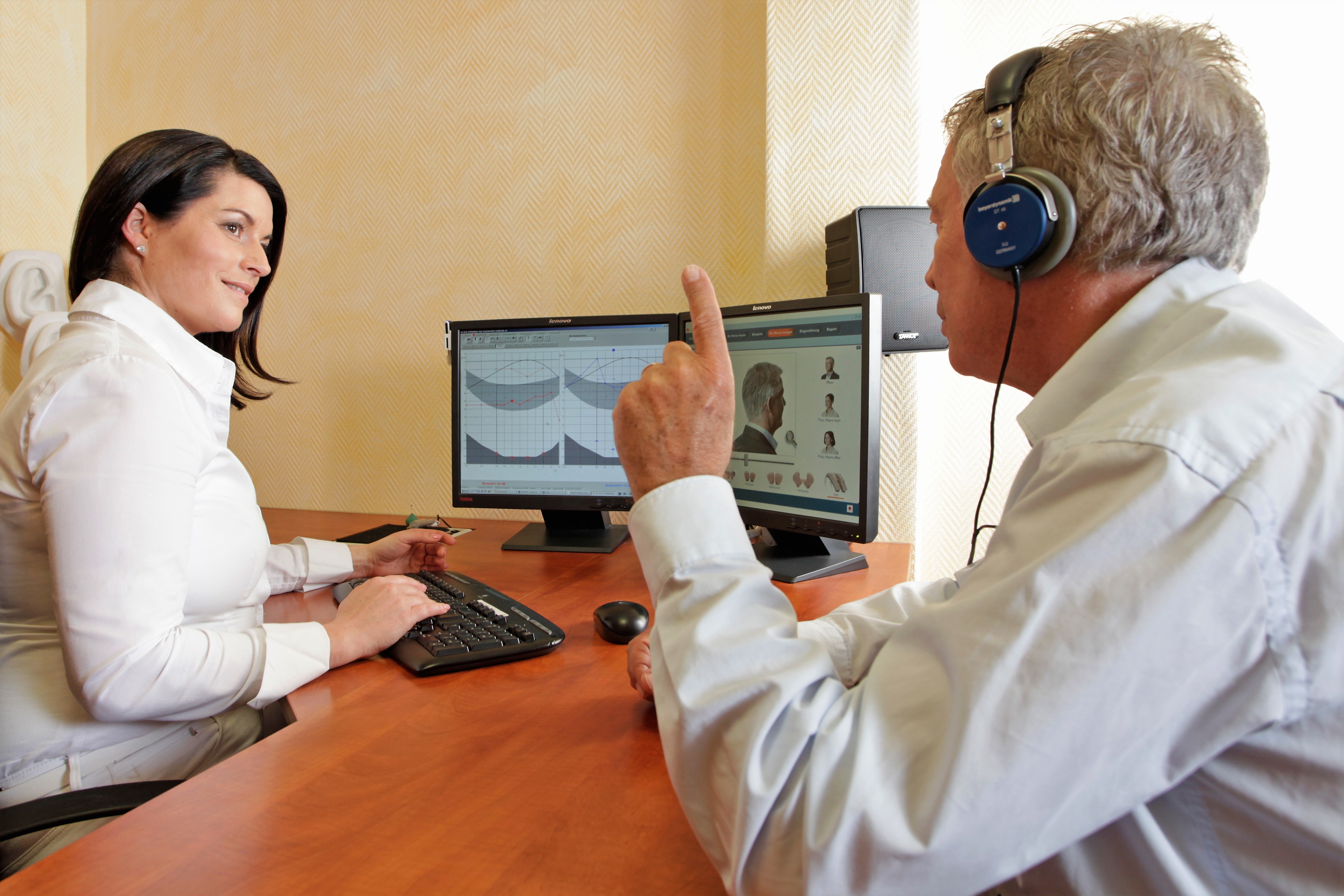News and Updates
Category: OSHA Region 5
Medical Components of OSHA's Hearing Conservation Program
We’ve been talking a lot lately about OSHA’s Hearing Conservation Program, mostly due to the influx of Regional Emphasis Programs we’ve seen involving it lately. The program involves more than just noise sampling and providing hearing protection – there’s also a medical component. When an employer determines they need to participate in the conservation program, one of the first steps to take is finding a healthcare provider that can perform audiograms, or audiometric testing. A “baseline” or initial test will need to be performed on affected employees. This provides a starting point that future audiograms can be compared to, and will show if the employee is experiencing any changes in their hearing abilities. Baseline testing must be performed within six months of an employee’s initial exposure to sound levels exceeding 85 decibels (dB) over an 8 hour time-weighted average (TWA). Exceptions can be made on the time frame for the baselines if the employer utilizes a mobile testing unit. For baseline and annual testing, the worker should not be exposed to workplace noise for 14 hours prior to the audiogram. Employees’ annual audiograms should always be completed within one year of the baseline or previous year’s test. Employers should compare the annual test results to the baseline results to determine if the employee has lost hearing ability or experienced a standard threshold shift (STS). Not ev
OSHA Region 5 Hearing Conservation Focus
OSHA’s Region 5, which includes Ohio, Michigan, and Indiana, issued a press release announcing a Regional Emphasis Program (REP) for Exposure to Noise Hazards in the Workplace. The goal of the REP is to encourage employers to take steps to identify, reduce, and eliminate hazards associated with exposure to high levels of noise. Prior to the initiation of enforcement, a three-month period of education and compliance assistance to the public will be conducted to support the efforts of the Agency in meeting the goals of the REP. Enforcement related to this REP will begin on September 01, 2021. By law, OSHA requires employers to implement a hearing conservation program when the average noise exposure over eight working hours reaches or exceeds 85 decibels, which the Centers for Disease Control compares to the sound of city traffic (from inside the vehicle) or a gas-powered leaf blower. Nearly one in 10 people endures noise levels at work loud enough to cause hearing loss while seven in 10 experience moderately loud noise levels. A Bureau of Labor Statistics Survey published in 2019 found that more than half of the nation’s manufacturing workers reported not using personal protective equipment (PPE) to protect their hearing. If you have concerns regarding noise levels in your facilities, reach out to Spooner’s Safety team at


